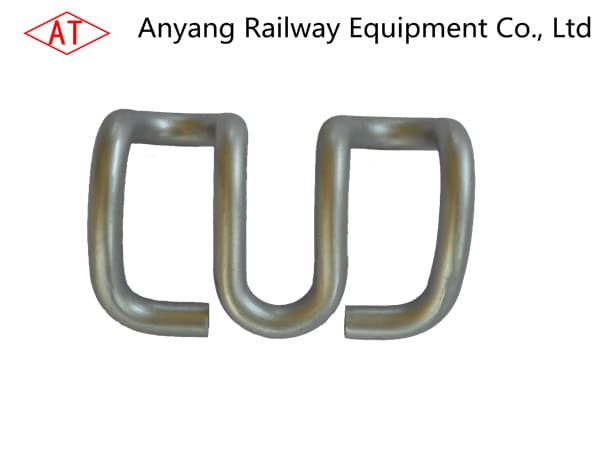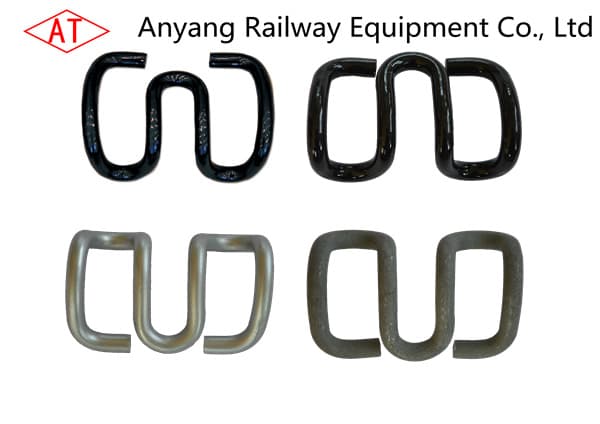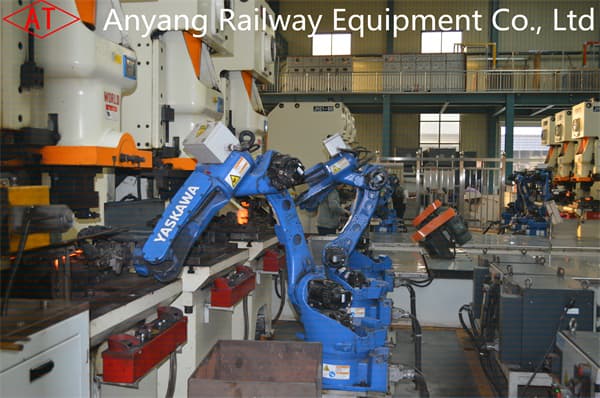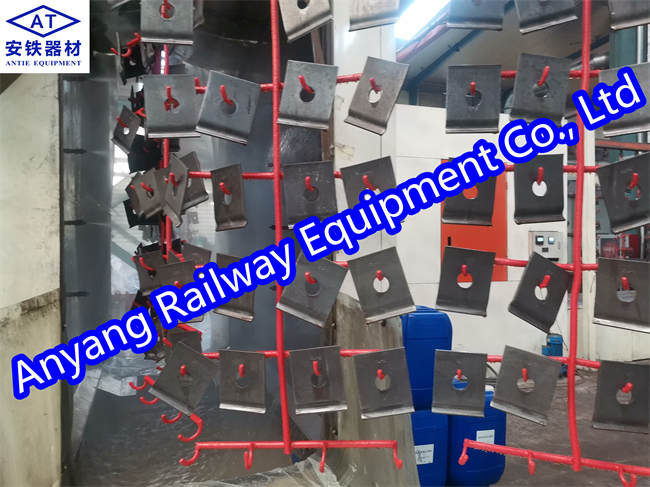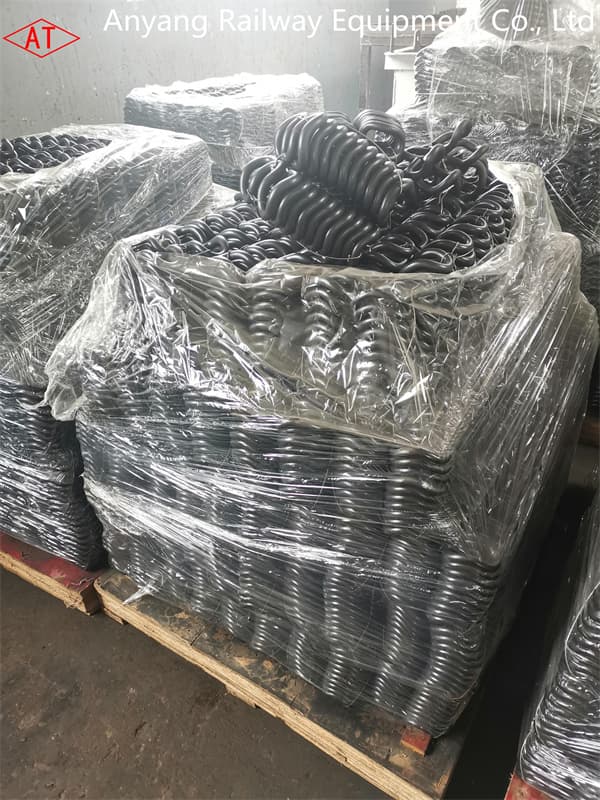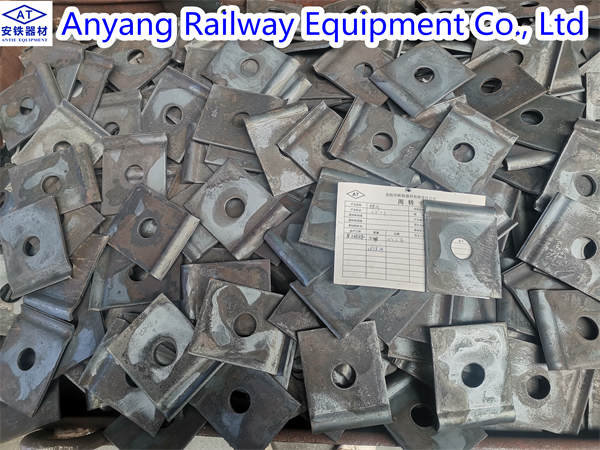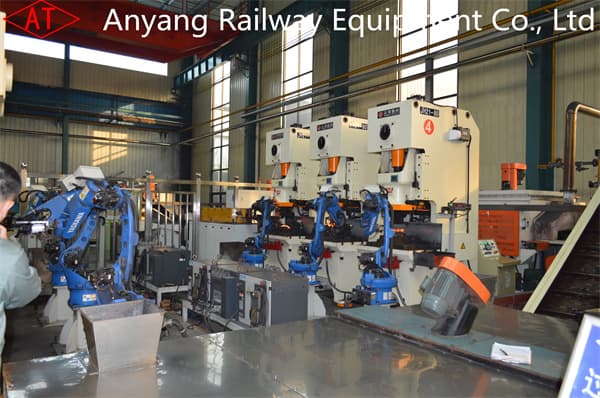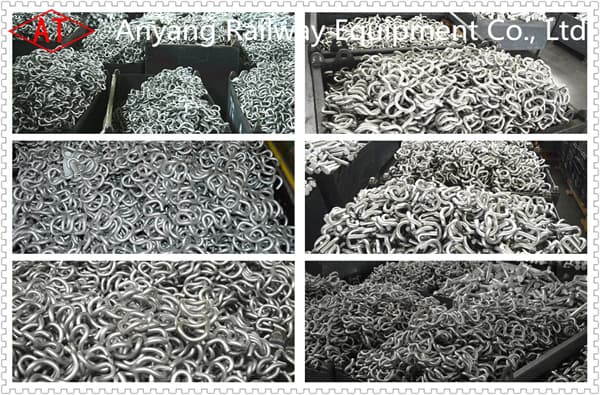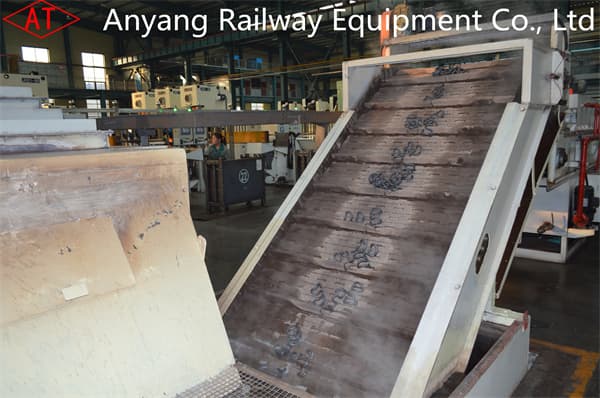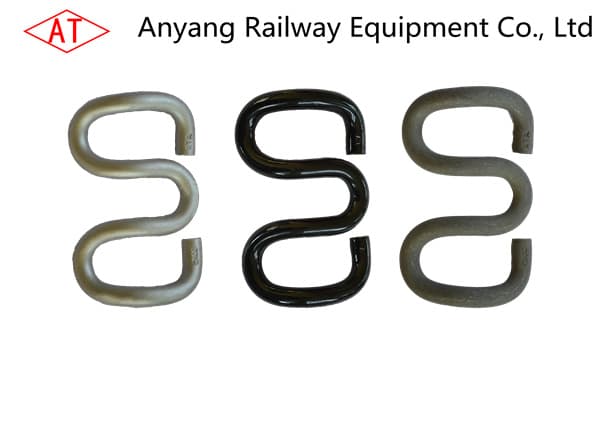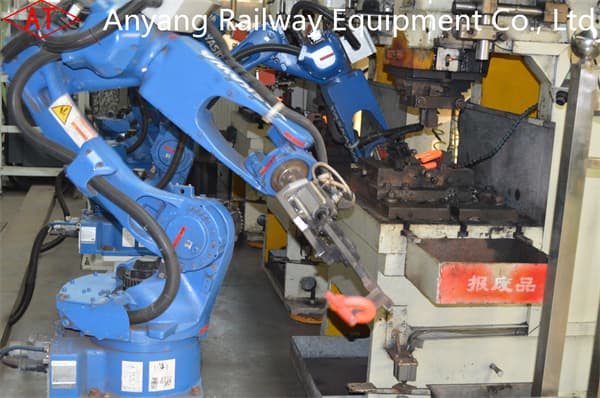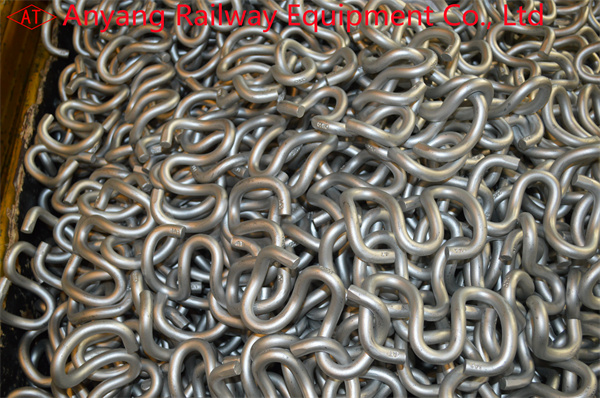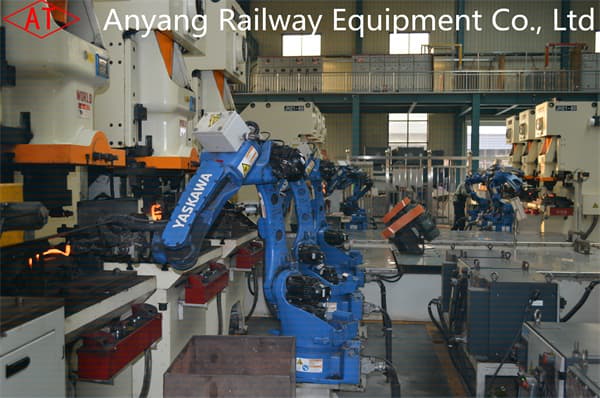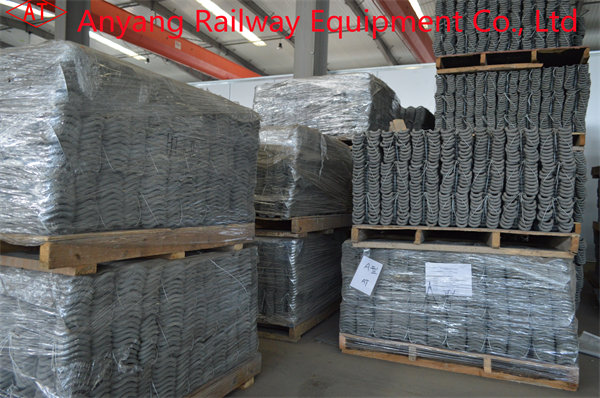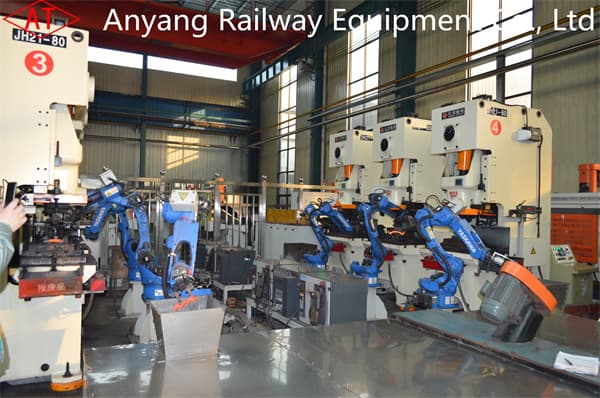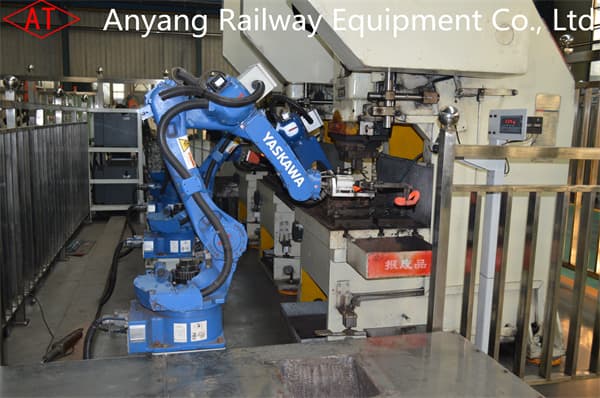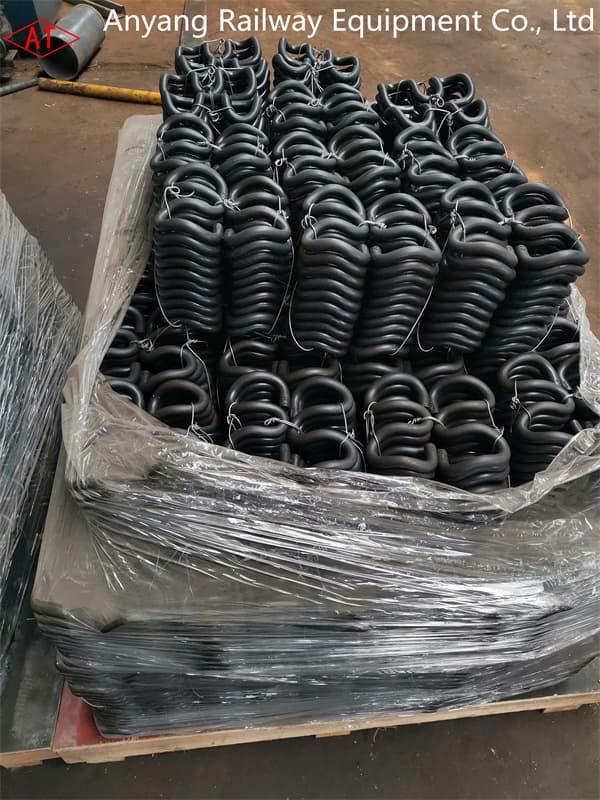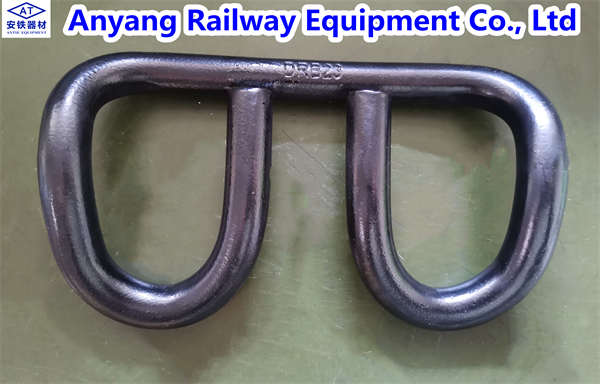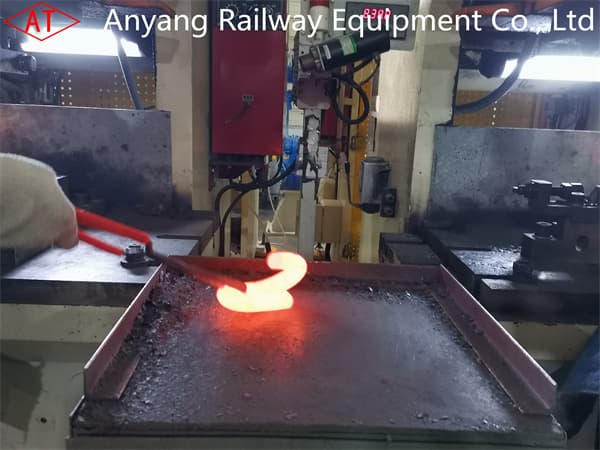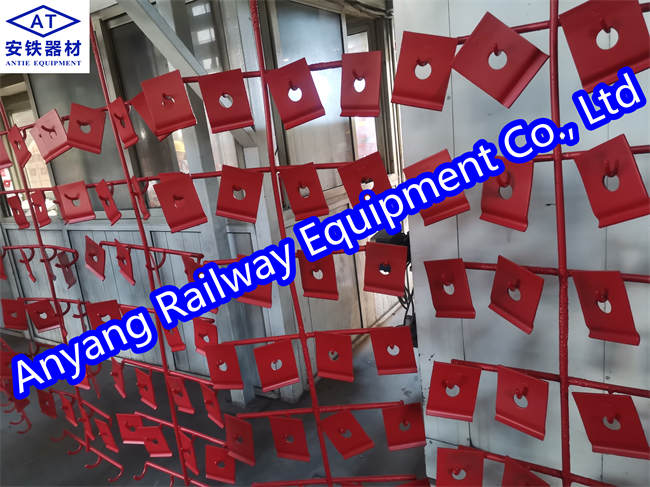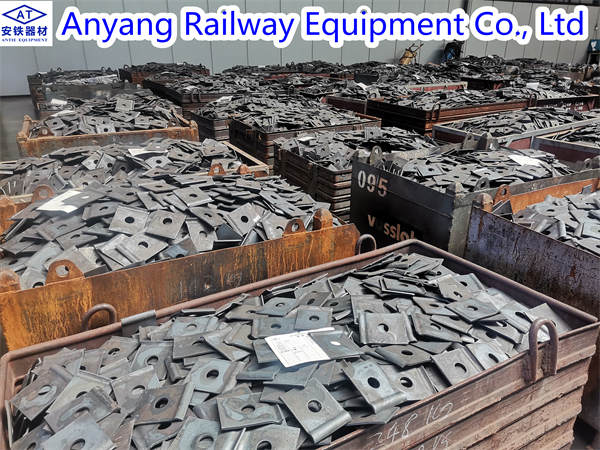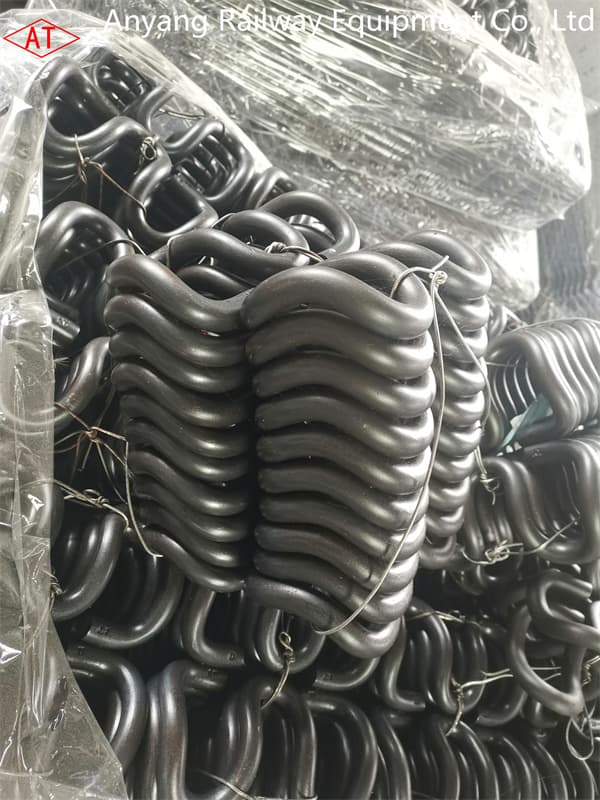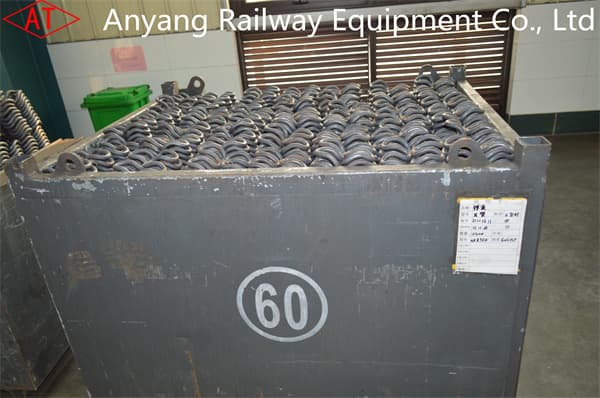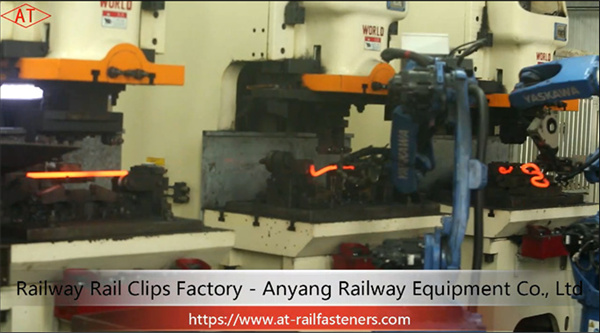Railway Low Resitance Rail Clip Manufacturer
With the use of low-resistance fasteners with rail clips, the line resistance has been reduced.
The use of low-resistance fasteners on passenger dedicated lines can ensure driving safety and meet the operating requirements of the seamless track on the bridge.
It is the most effective measure to avoid or reduce the use of rail expansion regulators.
The small resistance fasteners with rail clips can adjust the longitudinal resistance according to different beam spans, upsetting heights, and allowable loads of the bridge. Under normal circumstances, the longitudinal resistance that requires a small resistance deduction can be adjusted steplessly from 5 to 12.0kN/m/rail.
With the use of low-resistance fasteners with rail clips, the line resistance has been reduced.
The use of low-resistance fasteners on passenger dedicated lines can ensure driving safety and meet the operating requirements of the seamless track on the bridge. It is the most effective measure to avoid or reduce the use of rail expansion regulators.
Deutsche Bahn has changed from the original requirement that high-resistance fasteners be used for seamless tracks on bridges to low-resistance fasteners for newly-built high-speed railways. Japan’s Shinkansen bridges that have been put into operation use seamless tracks with a resistance of 5kN/m/rail. Small resistance fasteners.

